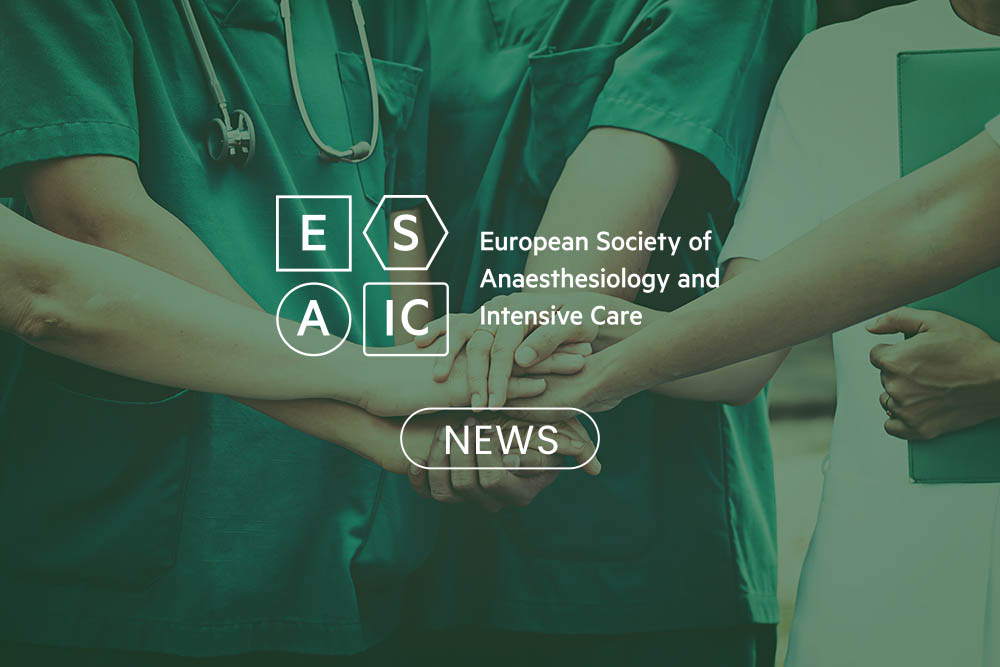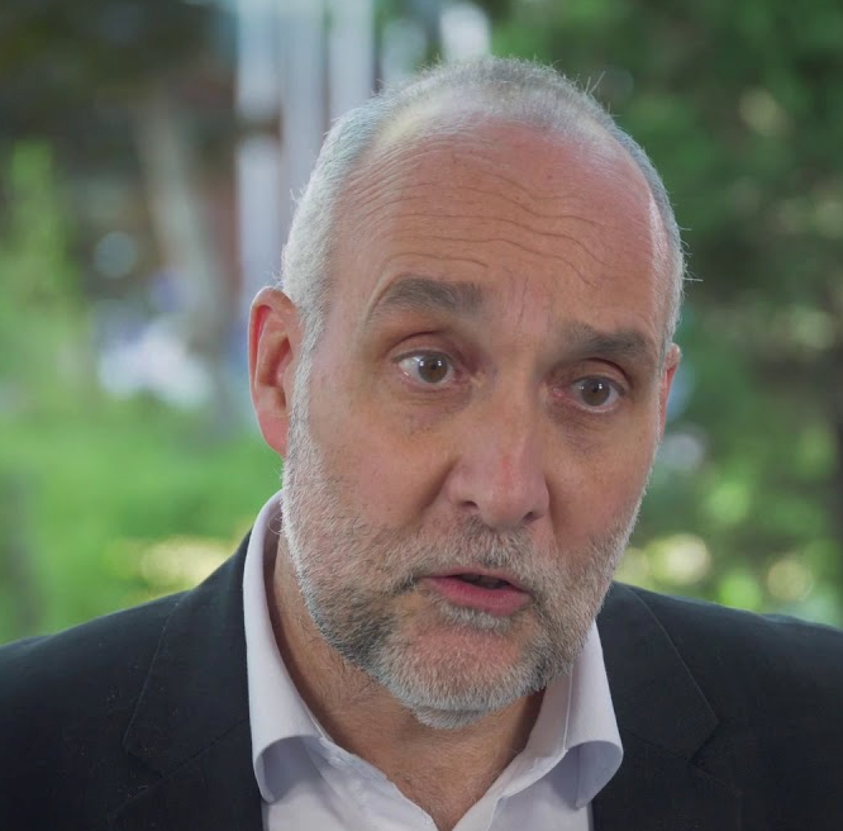Newsletter 2023
ESAIC CTN Study - MET: REevaluation for Peri-operative cArdIac Risk (MET-REPAIR)
ESAIC Clinical Trial Networking of 2016 was dedicated to MET-REPAIR by the chief investigator, by Prof. Giovanna LURATI BUSE. The study was published in April 2023.
The European Society of Anaesthesiology and Intensive Care established the Clinical Trial Network to foster large research cooperations across Europe in Anaesthesiology, Intensive Care, Peri-Operative Medicine, Emergency Medicine, and Pain Medicine. This support by the ESAIC allowed the successful conduction of several large international trials over the last decade (https://www.esaic.org/research/clinical-trial-network/published-trials/).
In 2016 the project “MET: REevaluation for Peri-operative cArdIac Risk (MET-REPAIR)” was awarded an ESAIC CTN Grant. Prior to noncardiac surgery, international and national guidelines, including the ESAIC guidelines1-3, recommend the assessment of functional capacity to estimate the risk of adverse events, specifically cardiovascular, after noncardiac surgery. While this approach is broadly and regularly used in clinical practice and is endorsed by multiple guidelines1-3, the evidence for improved prediction was not well established. Therefore, the objective of MET-REPAIR was to assess self-reported measures of effort tolerance for the prediction of major adverse cardiovascular events in a large cohort of noncardiac surgery patients with elevated cardiovascular risk. Patients were asked to complete a questionnaire4 that assessed the following measures of functional capacity:
- self-reported effort tolerance quantified in METs and estimated using a 10-item questionnaire,
- the number of floors climbed without having to rest,
- self-perceived own cardiopulmonary fitness compared to their peers
- the pattern of regular physical activity.
In addition to the main study, investigators were invited to nest subcohorts in METREPAIR, e.g. substudies on N-terminal brain natriuretic peptide, pre-operative presepsin, or frailty were conducted at the international or national level.
Over 150 European centres answered the ESAIC call and joined this venture. The joint efforts of around 350 anaesthesiologists from Portugal to Russia from Sweden to Malta achieved the impressive target of recruiting over 15,000 patients between June 2017 and April 2020, reaching 99% follow-up completeness at 30 days. The ESAIC Research team was strongly involved and provided invaluable help supporting centres and managing the nearly 12,000 queries for data cleaning.
The study results were published in the British Journal of Anaesthesiology 130(6):655-665, in June 2023 under the title “Risk assessment for major adverse cardiovascular events after noncardiac surgery using self-reported functional capacity: an international prospective cohort study”.5 Here we present a summary. First, with a 2.1% 30-day events rate, major adverse cardiac events and cardiac mortality remain major peri-operative population health problems after noncardiac surgery.
Second, all self-reported measures of functional capacity were independently associated with adverse events. This means that each self-reported functional capacity in METs, floor climbing ability, self-perceived level of fitness compared to peers, or pattern of regular physical activity were prognostic factors. Of note, the assessment of prognosis addresses the question: How does self-reported functional capacity influence the risk of the specific outcome? More interesting from a clinical point of view is the question of prediction, i.e., how far does self-reported functional capacity contribute to the differentiation of patients that will or will not suffer the specific outcome? And, of course, clinicians are interested in the additional predictive value, i.e., in improving prediction over clinical risk factors or established clinical risk scores.
The answer to this question requires a more detailed description of the results and leads us to the third main finding of the METREPAIR study. In the study, self-reported measures of functional capacity were added to either 1) a study baseline model that included age, sex, American Society of Anaesthesiologists (ASA) physical status class, glomerular filtration rate, active cancer, type of surgery, diabetes mellitus, hypertension, congestive heart failure, coronary artery disease, chronic obstructive pulmonary disease, peripheral vascular disease, and stroke; 2) the Revised Cardiac Risk Index;6 or 3) National Surgical Quality Improvement Program, Risk calculator for Myocardial Infarction and Cardiac Arrest (NSQIP MICA).7 Only the level of regular physical activity statistically improved discrimination over the study baseline model. However, the gain was very limited and, while statistically significant, probably not clinically relevant. All self-reported functional capacity measures statistically improved discrimination over the Revised Cardiac Risk Index, six a validated and widely used clinical risk score; however, again, the effect size was so limited that its clinical relevance was questionable. Discrimination over the NSQIP MICA7 was not improved. In other words, the data from METREPAIR do not support the widely used approach of adding self-reported functional capacity information to clinical risk assessments to predict major adverse cardiac events. As such, the united efforts of anaesthesiologists from all over Europe and of the ESAIC Clinical Trial Network contributed to providing the answer to clinical questions that affects our daily clinical practice.
References
- De Hert S, Staender S, Fritsch G, et al. Pre-operative evaluation of adults undergoing elective noncardiac surgery: An updated guideline from the European Society of Anaesthesiology. European Journal of Anaesthesiology. 2018;35(6):407-465.
- Fleisher LA, Fleischmann KE, Auerbach AD, et al. 2014 ACC/AHA guideline on peri-operative cardiovascular evaluation and management of patients undergoing noncardiac surgery: a report of the American College of Cardiology/American Heart Association Task Force on practice guidelines. Journal of the American College of Cardiology. 2014;64(22):e77-137.
- Halvorsen S, Mehilli J, Cassese S, et al. 2022 ESC Guidelines on cardiovascular assessment and management of patients undergoing noncardiac surgery. European heart journal. 2022.
- 4 Jaeger C, Burkard T, Kamber F, et al. Quantification of metabolic equivalents (METs) by the MET-REPAIR questionnaire: A validation study in patients with a high cardiovascular burden. Journal of clinical anaesthesia. 2021;76:110559.
- Lurati Buse GA, Mauermann E, Ionescu D, et al. Risk assessment for major adverse cardiovascular events after noncardiac surgery using self-reported functional capacity: international prospective cohort study. British Journal of Anaesthesia. 2023;130(6):655-665.
- Lee TH, Marcantonio ER, Mangione CM, et al. Derivation and prospective validation of a simple index for prediction of cardiac risk of major noncardiac surgery. Circulation. 1999;100(10):1043-1049.
- Gupta PK, Gupta H, Sundaram A, et al. Development and validation of a risk calculator for prediction of cardiac risk after surgery. Circulation. 2011;124(4):381-387.
Funding: This study is financially supported by the European Society of Anaesthesiology and Intensive Care (ESAIC) in terms of an ESAIC Research Group.
[maxbutton id=”1″ url=”https://www.esaic.org/newsletter/” text=”Read the Newsletter”]










